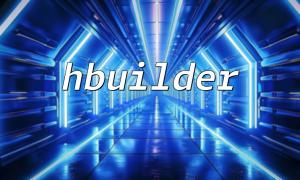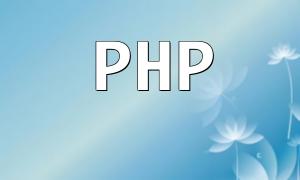Before setting up a PHP development environment, it’s important to understand what ECS is. ECS, or Elastic Compute Service, is a cloud computing infrastructure offering elastic and scalable compute resources. Using ECS, users can deploy and manage cloud servers on demand, creating an efficient environment for running PHP applications.
Prior to setting up the PHP environment, certain preparations are necessary, including selecting a suitable ECS configuration and ensuring you have the necessary permissions and access. Recommended operating systems include CentOS, Ubuntu, and Debian, all of which have good PHP support.
Log in to your cloud service provider’s console and create an ECS instance following these steps:
1. Select the operating system and version
2. Choose the instance type (CPU and memory)
3. Configure network and security groups
4. Choose storage capacity
5. Set login credentials (username and password)
6. Create and start the instance
After successfully creating the instance, log in via SSH and begin installing PHP and its related components.
Before installing any software, update the system to ensure security and stability:
sudo apt update
sudo apt upgrade
A web server is needed to run PHP, commonly Apache or Nginx. Here, Apache is used as an example:
sudo apt install apache2
Next, install PHP and commonly used modules:
sudo apt install php libapache2-mod-php php-mysql
Once installation is complete, create a PHP info page to confirm PHP is working properly. Run the command:
echo "<?php phpinfo(); ?>" > /var/www/html/info.php
Then, access http://your-ecs-public-ip/info.php in your browser to view PHP configuration details.
To secure your server, configure the firewall to allow HTTP and HTTPS traffic:
sudo ufw allow 'Apache Full'
After completing the above, your PHP environment is basically ready. You may install databases like MySQL or MariaDB and additional PHP extensions as needed to enhance functionality and performance.
This article has provided a comprehensive overview of setting up a PHP environment on an ECS cloud server, suitable for developing new projects or migrating existing ones. With flexible configuration and scaling options, ECS offers a reliable and efficient infrastructure for your PHP applications.









